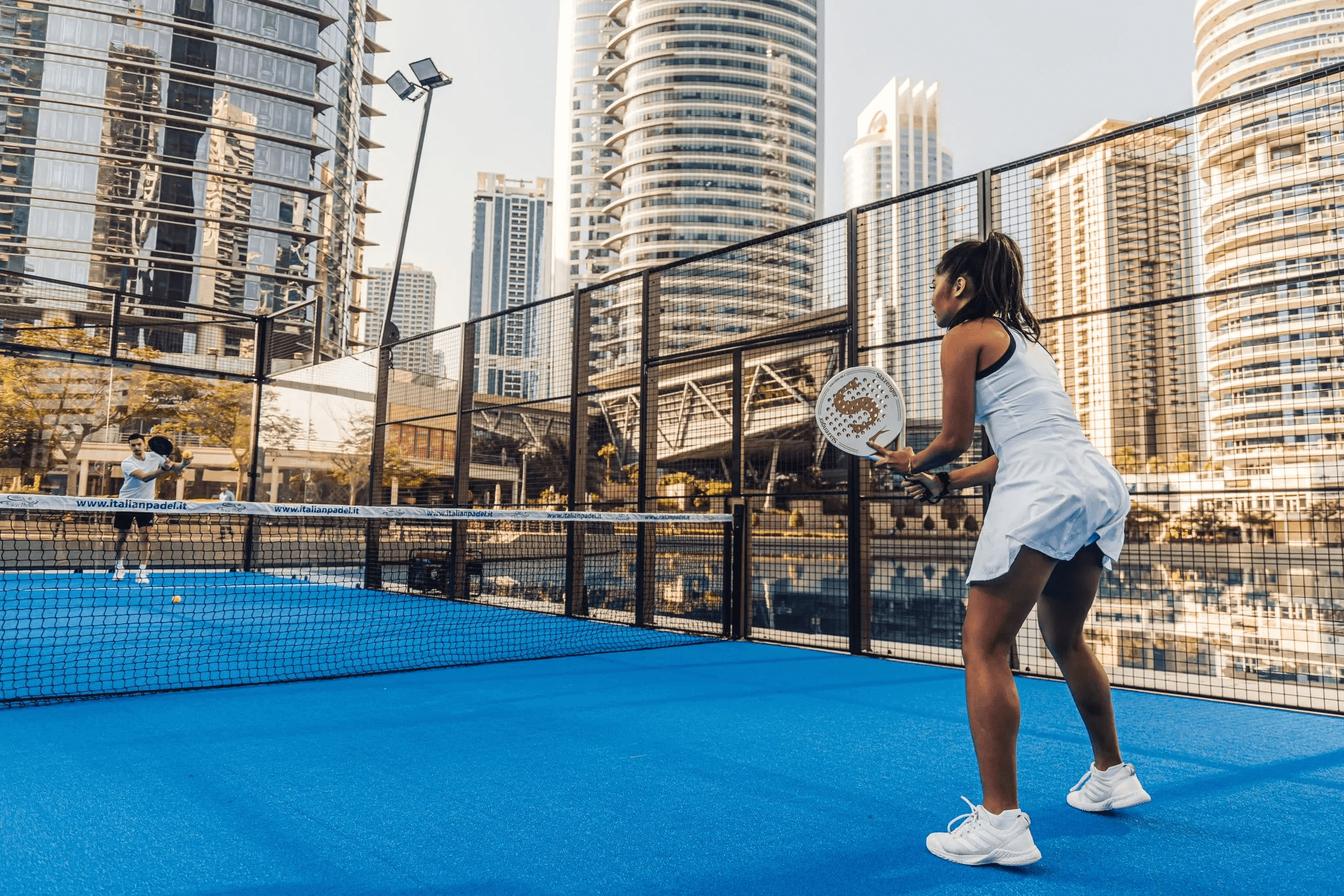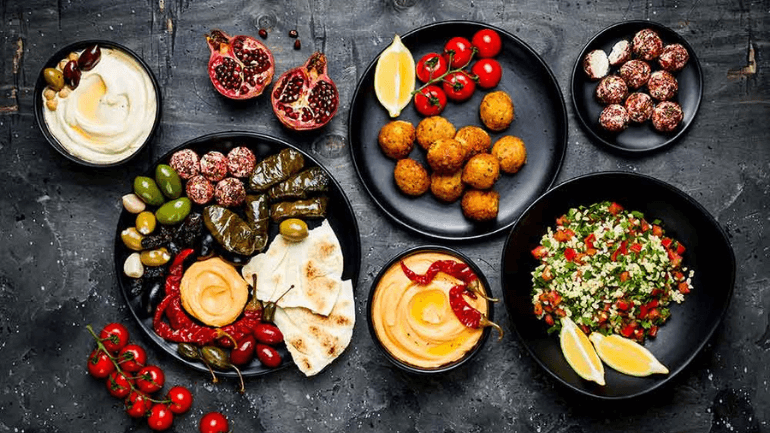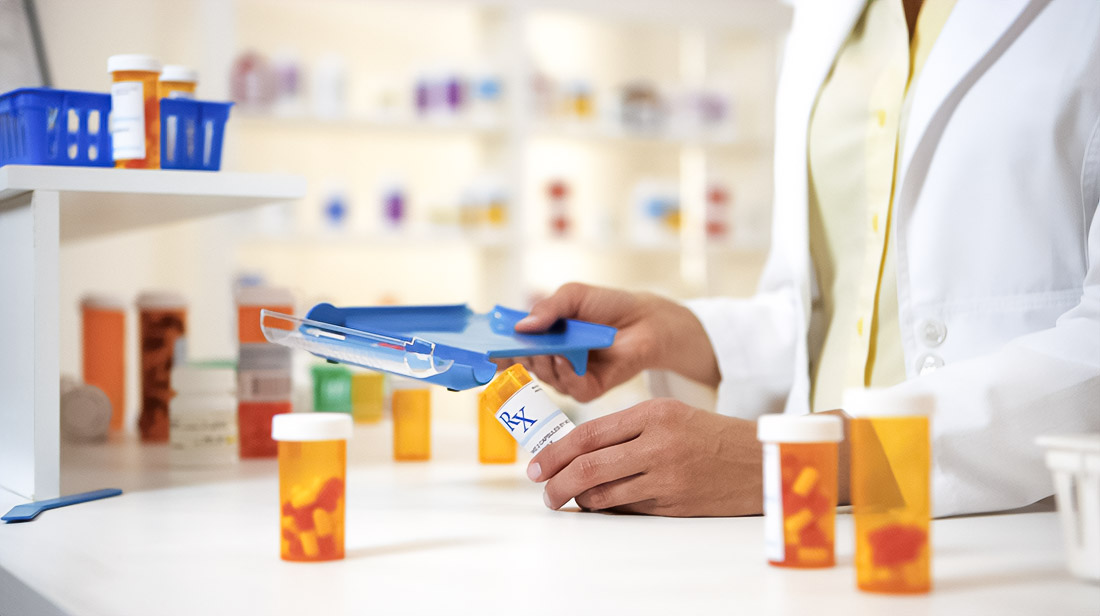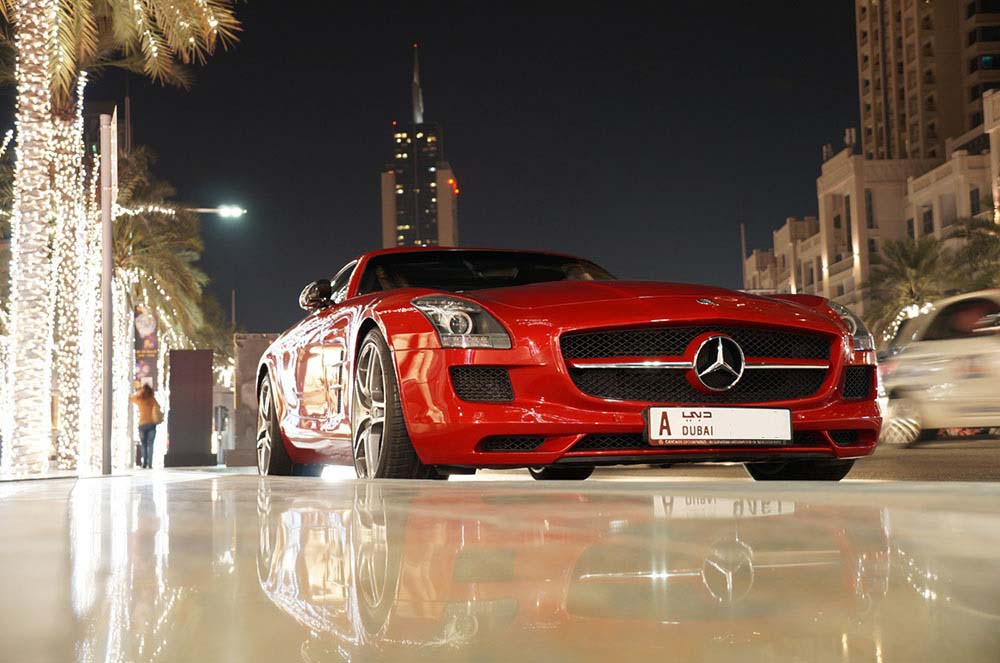Dubai’s dynamic growth and enthusiasm for sports have led to the rapid rise of padel tennis, a sport that blends the intensity of tennis with the strategic elements of squash. However, the construction and maintenance of padel tennis courts in Dubai are influenced significantly by the region’s unique climate. This article examines how Dubai’s weather conditions impact the design, construction, and upkeep of padel tennis courts, providing valuable insights for developers, operators, and players.
Understanding Dubai’s Climate: Challenges and Considerations
Dubai is characterized by its desert climate, with long, hot summers and mild winters. The summer months, from May to September, often see temperatures exceeding 40°C (104°F), accompanied by high humidity. These conditions create specific challenges for outdoor sports facilities, including padel tennis courts. The intense heat can affect the materials used in construction, while the high humidity and occasional sandstorms add additional layers of complexity to maintenance.
In the cooler months, temperatures range between 14°C (57°F) and 24°C (75°F), making outdoor activities more enjoyable. However, even during these months, the sun’s intensity and UV exposure remain significant factors to consider when constructing and maintaining padel tennis courts.
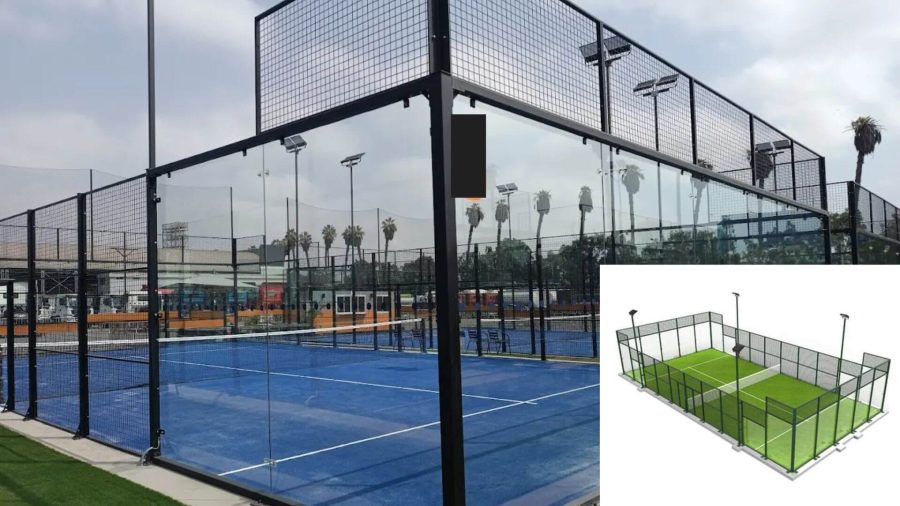
Construction Materials and Design Adaptations
When building a padel tennis court in Dubai, the selection of construction materials is critical. The extreme heat and UV exposure can cause rapid degradation of certain materials if they are not chosen and treated appropriately.
Court Surface Materials
The surface of a padel tennis court is one of the most crucial elements, directly influencing the playing experience and the court’s longevity. In Dubai, synthetic turf is commonly used due to its durability and performance. However, not all synthetic turfs are equal. UV-resistant materials are essential to prevent fading and deterioration from the relentless sun. Additionally, the turf must be heat-resistant to maintain its integrity under high temperatures.
The infill material, often sand or rubber, also requires careful selection. In Dubai, the use of silica sand is preferred due to its heat resistance and stability. This choice helps maintain the court’s surface quality over time, ensuring consistent ball bounce and player movement.
Structural Components
The structural components of the court, including the fencing and the walls, must be constructed with materials that can withstand both heat and occasional sandstorms. Galvanized steel is a common choice for fencing, as it offers excellent resistance to corrosion and can endure high temperatures without warping.
The glass walls, a defining feature of padel courts, must be made from tempered glass with UV protection. This not only ensures player safety but also prevents the glass from becoming brittle and losing its transparency over time due to sun exposure.
Drainage Systems
Given the occasional, yet intense, rainfall in Dubai, effective drainage systems are essential for padel tennis courts. Proper drainage prevents water accumulation, which can lead to surface damage and safety hazards. Courts are typically built with a slight gradient to facilitate water runoff, and drainage channels are installed around the perimeter to manage water flow efficiently.
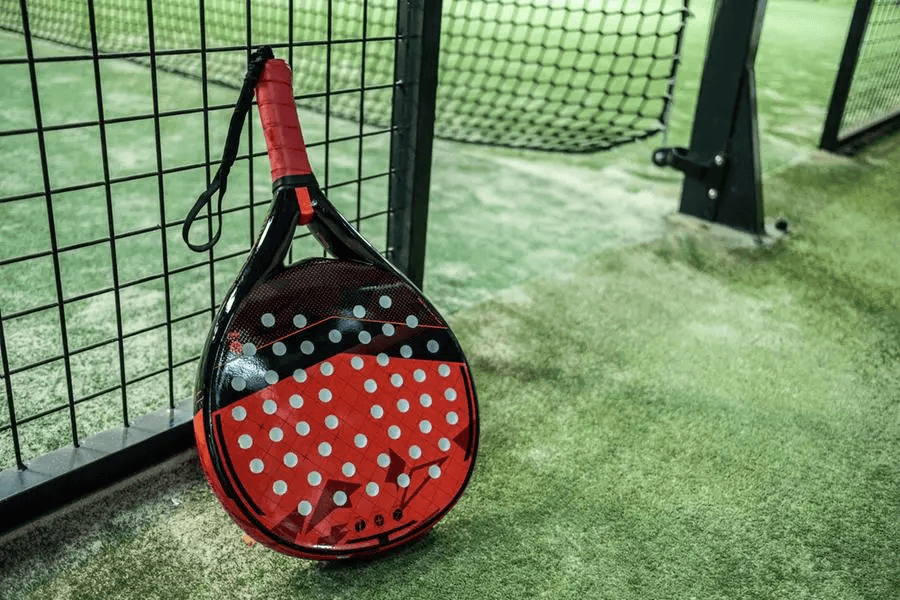
Maintenance Challenges in Dubai’s Climate
Maintaining a padel tennis court in Dubai requires consistent attention to the effects of the climate. The combination of high temperatures, UV exposure, and airborne sand particles can lead to accelerated wear and tear if not properly managed.
Surface Maintenance
Regular maintenance of the court surface is essential to ensure its longevity and playability. In Dubai, this includes frequent brushing of the synthetic turf to redistribute the infill material evenly and prevent compacting. Sand and dust accumulation is a common issue, especially after sandstorms, necessitating routine cleaning to maintain surface quality.
UV exposure can cause synthetic surfaces to harden and crack over time. To counteract this, periodic inspections are necessary to identify any areas of concern early. In some cases, applying a UV-protective coating can help extend the life of the surface, reducing the need for premature replacements.
Glass Wall Care
The glass walls of padel courts require special care due to the harsh sunlight and occasional sandstorms in Dubai. Regular cleaning with appropriate solutions is necessary to remove dust and prevent scratches. Since the glass is exposed to intense UV rays, it is crucial to inspect it regularly for signs of wear or damage.
If any glass panels show signs of degradation, such as discoloration or weakening, they should be replaced promptly to maintain player safety and the aesthetic quality of the court. Additionally, protective films can be applied to enhance UV resistance and extend the life of the glass.
Fencing and Structural Integrity
The metal components of a padel tennis court, such as the fencing and support structures, are vulnerable to both corrosion and heat-induced expansion. Regular inspections should be conducted to check for rust, particularly after sandstorms or during periods of high humidity. Applying anti-corrosion treatments and conducting routine maintenance can significantly prolong the life of these components.
Temperature fluctuations can cause expansion and contraction in metal structures, potentially leading to warping or misalignment over time. Adjustments may be necessary to ensure that the court remains structurally sound and that all elements, such as gates and doors, function correctly.
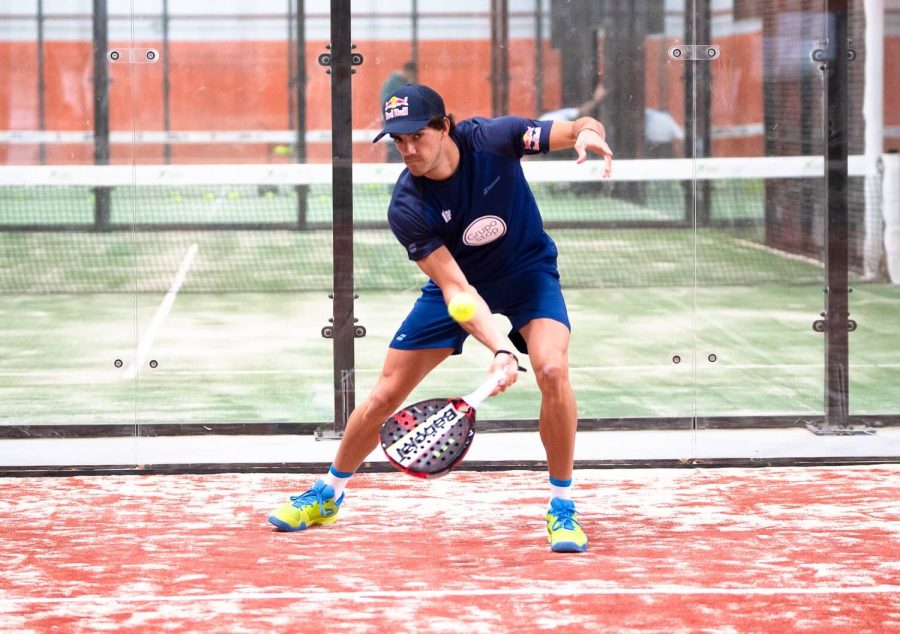
Impact of UV Exposure on Players and Equipment
Beyond the structural considerations, Dubai’s intense UV exposure has implications for both players and their equipment. Prolonged exposure to the sun can lead to health risks such as heatstroke or skin damage. Therefore, it is important for players to take precautions, such as wearing UV-protective clothing and using sunscreen.
For the court itself, UV exposure can degrade equipment like nets, balls, and paddles more quickly than in less harsh environments. It is advisable for operators to regularly replace these items and to store them in shaded or indoor areas when not in use. The brand Padel Pro, for instance, emphasizes the importance of using high-quality, UV-resistant equipment to ensure that players have a consistent and safe experience on the court.
Technological Solutions for Climate Adaptation
Advancements in technology have provided new solutions to address the challenges posed by Dubai’s climate. One such innovation is the development of climate-controlled padel courts, which are enclosed structures with regulated temperature and humidity. These courts allow for year-round play without the concerns of heat or UV damage. While more expensive to construct, these facilities offer a premium experience and can attract a wider range of players, including those who may be less accustomed to Dubai’s harsh summer conditions.
Additionally, the use of smart maintenance systems that monitor the condition of the court in real-time can help operators manage wear and tear more effectively. These systems can detect issues such as surface degradation, temperature fluctuations, and structural stress, allowing for proactive maintenance and reducing the risk of costly repairs.
Conclusion
The construction and maintenance of padel tennis courts in Dubai require careful planning and consideration of the region’s unique climate challenges. By selecting appropriate materials, employing advanced construction techniques, and implementing rigorous maintenance protocols, developers and operators can ensure that their courts remain in optimal condition despite the harsh environmental conditions.
As the popularity of padel tennis continues to grow in Dubai, driven by both local enthusiasts and the city’s diverse expatriate community, the demand for high-quality, well-maintained courts will only increase. Strategic planning and investment in durable, climate-resistant materials will be essential for meeting this demand and ensuring the long-term success of padel tennis facilities in the region.
Ultimately, the influence of Dubai’s climate on padel tennis court construction and maintenance is a critical factor that cannot be overlooked. By understanding and addressing these challenges, developers and operators can create facilities that not only withstand the test of time but also provide an exceptional experience for players year-round.
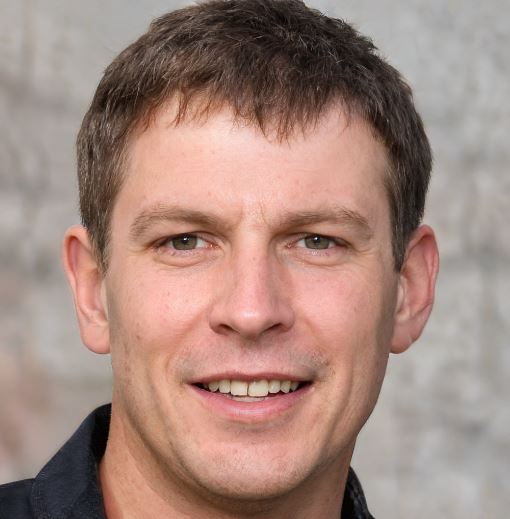
Hockey fan, nature enthusiast, music blogger, vintage furniture lover and multidisciplinary designer. Doing at the intersection of art and mathematics to craft experiences that go beyond design.
